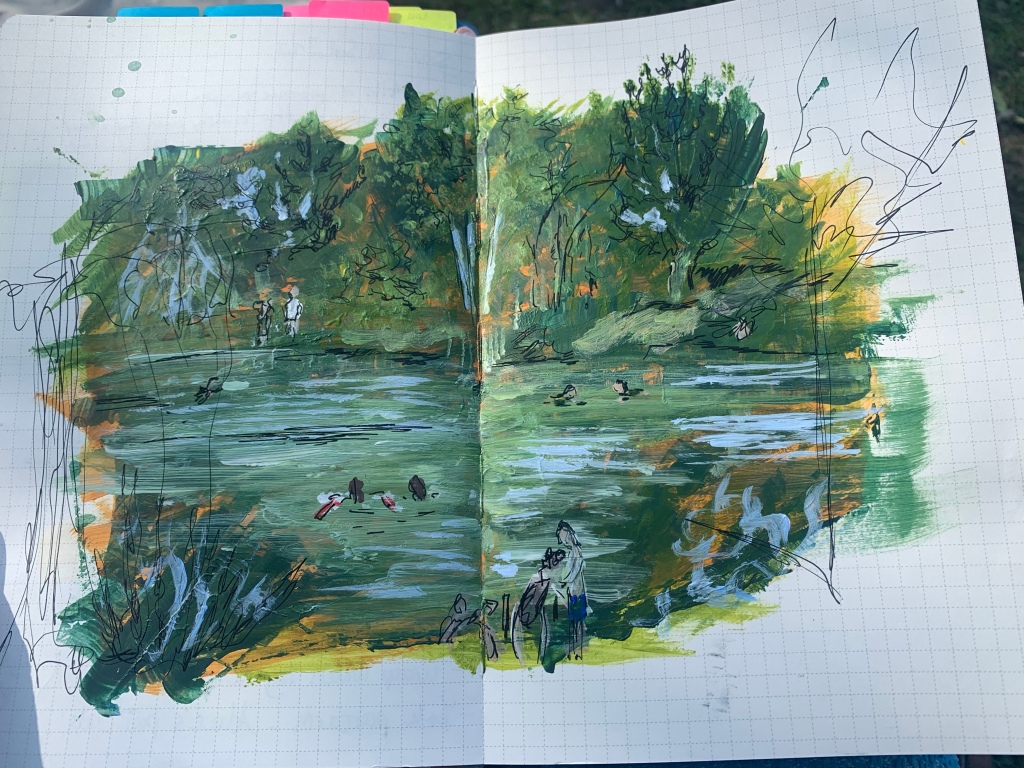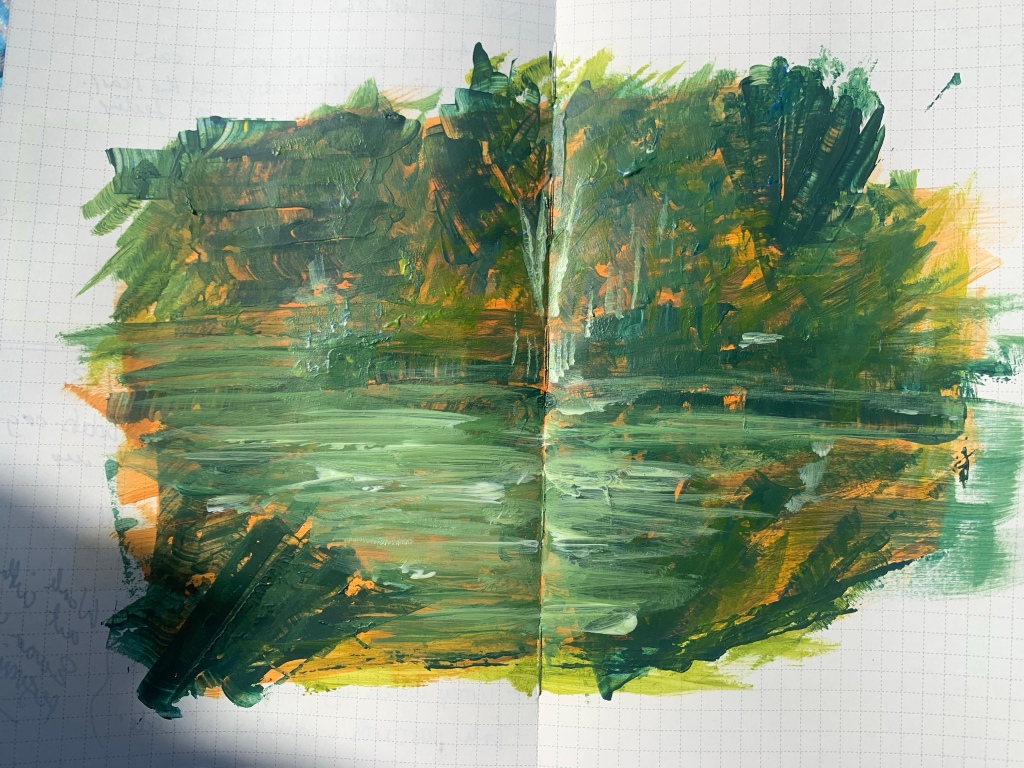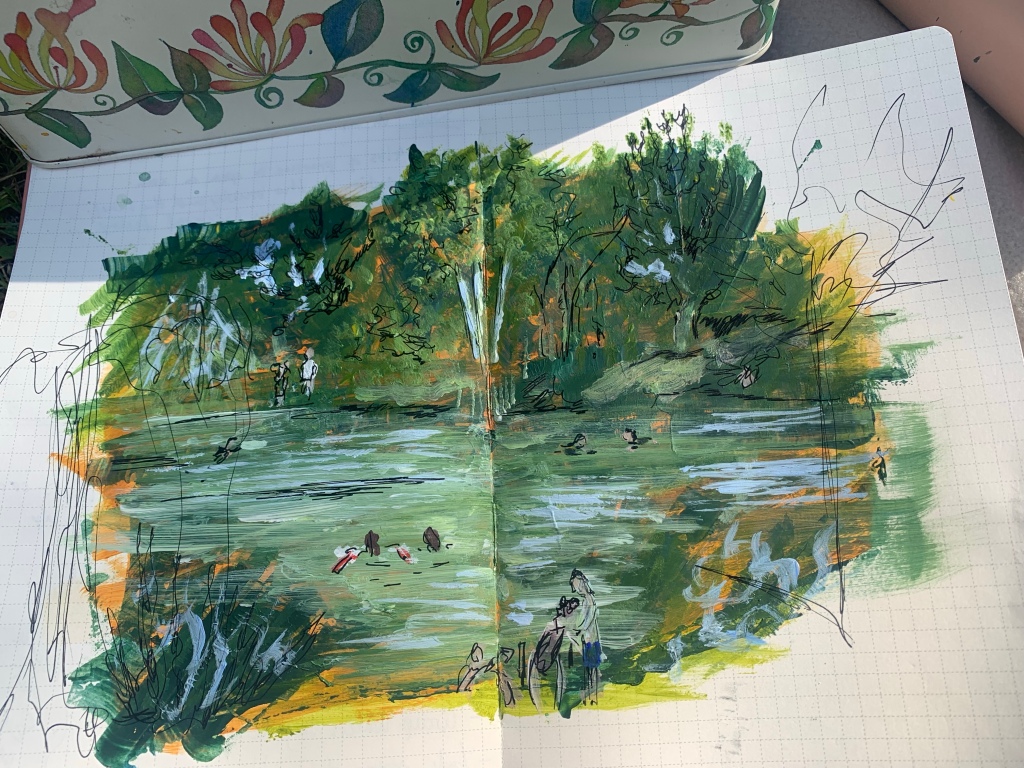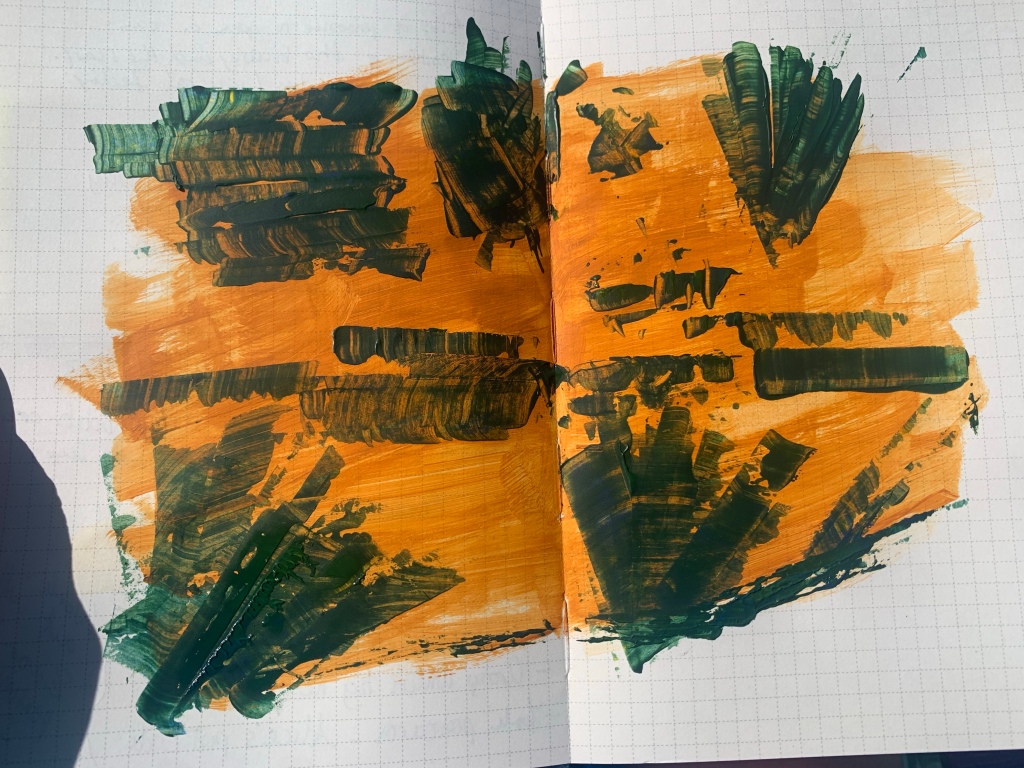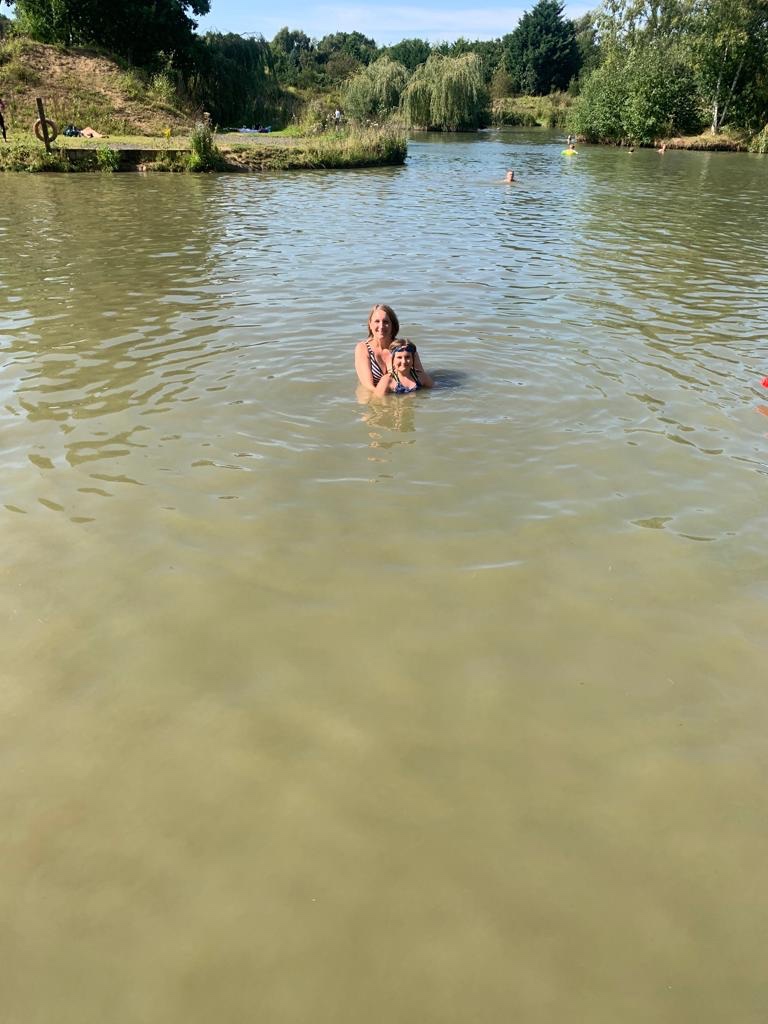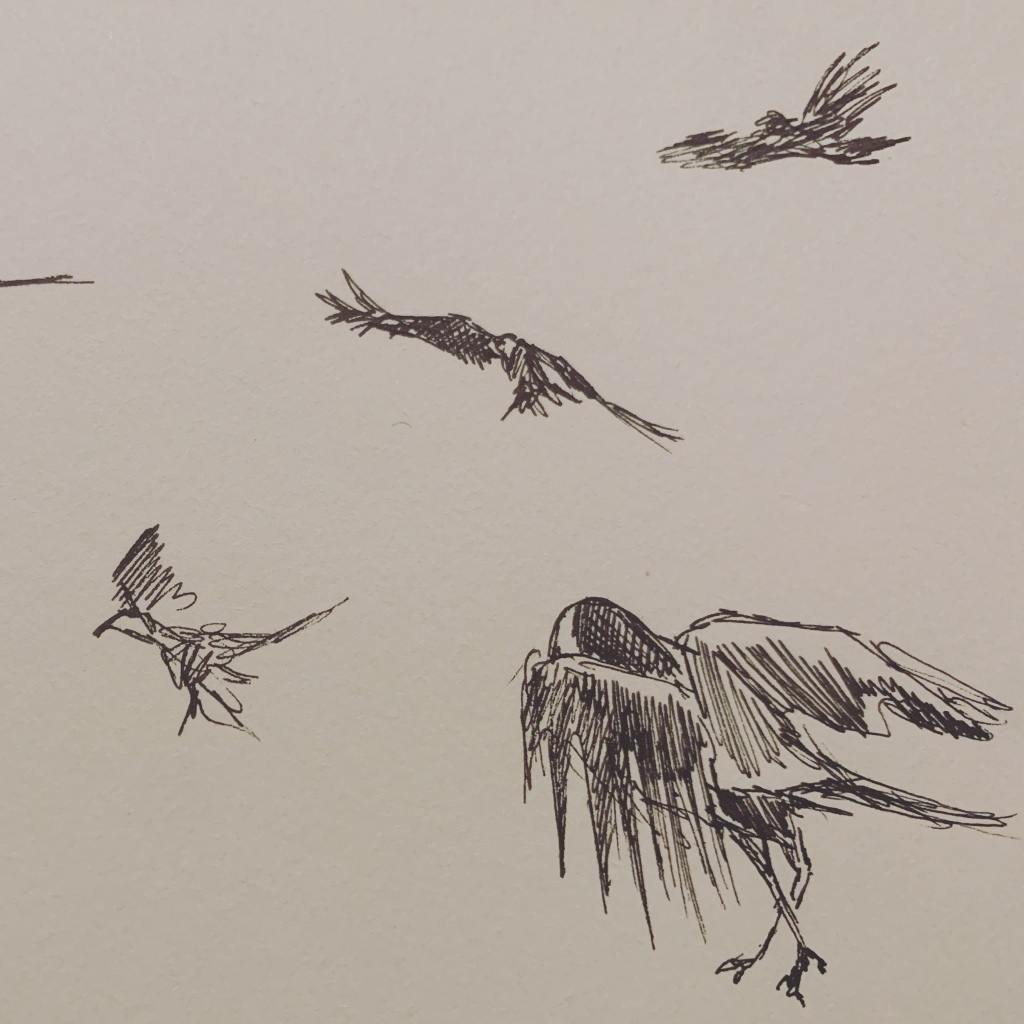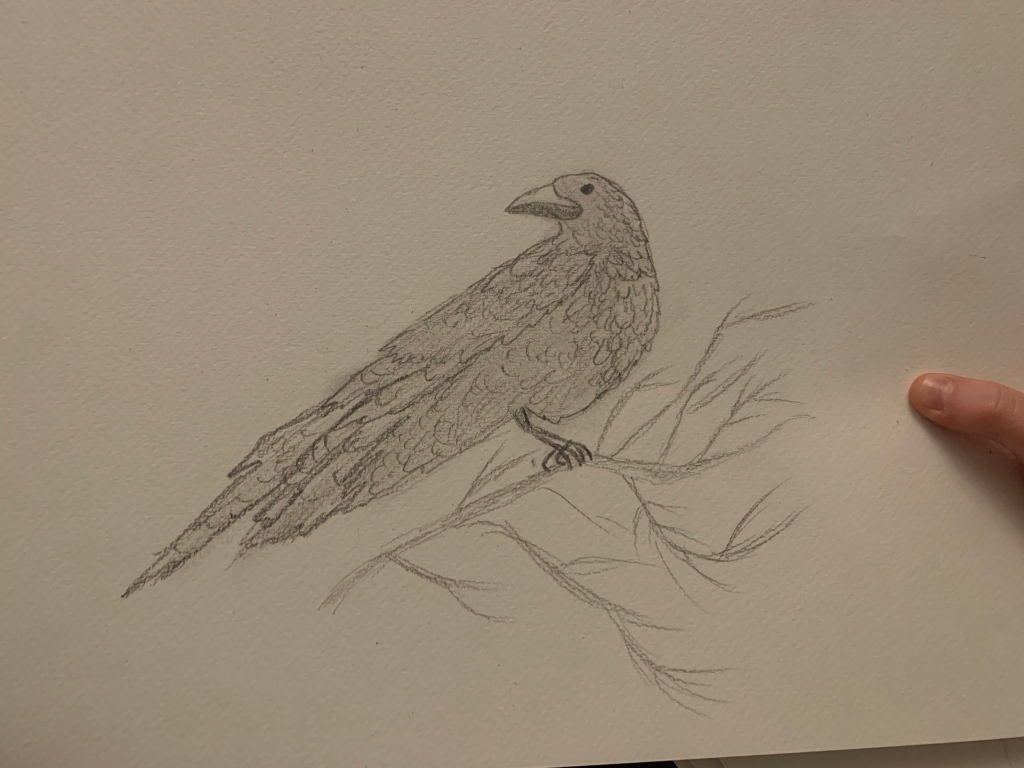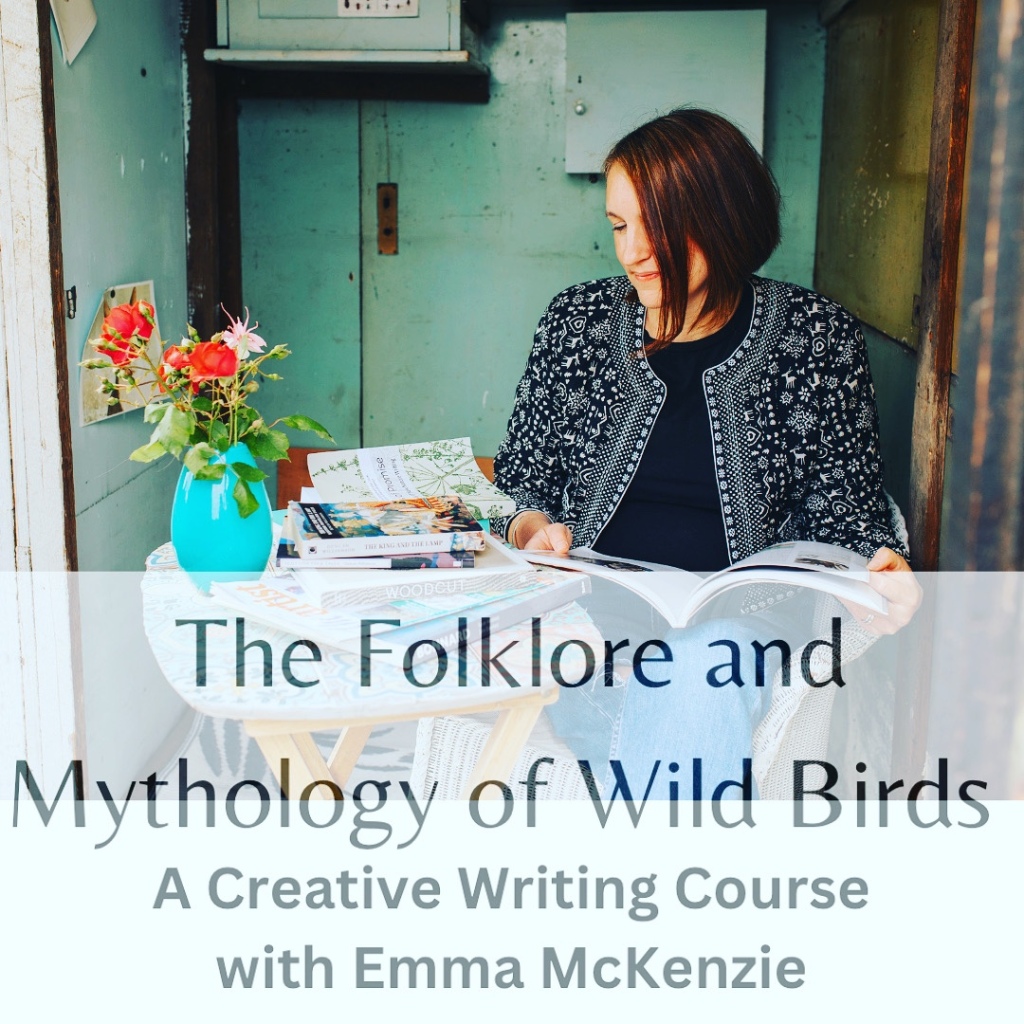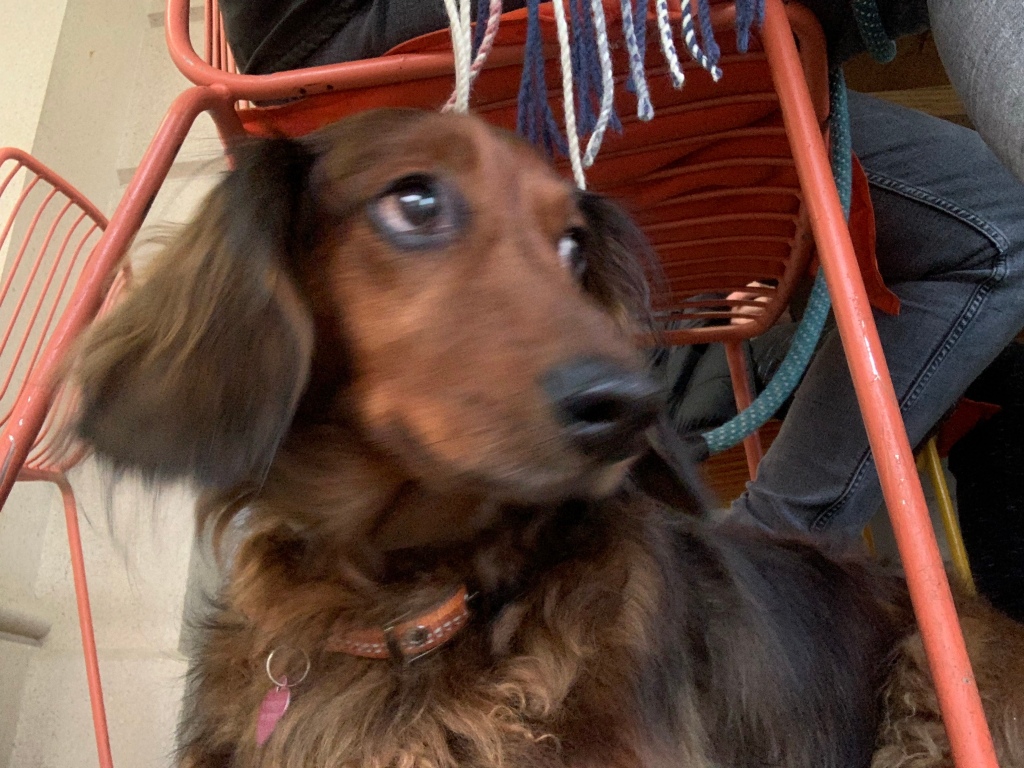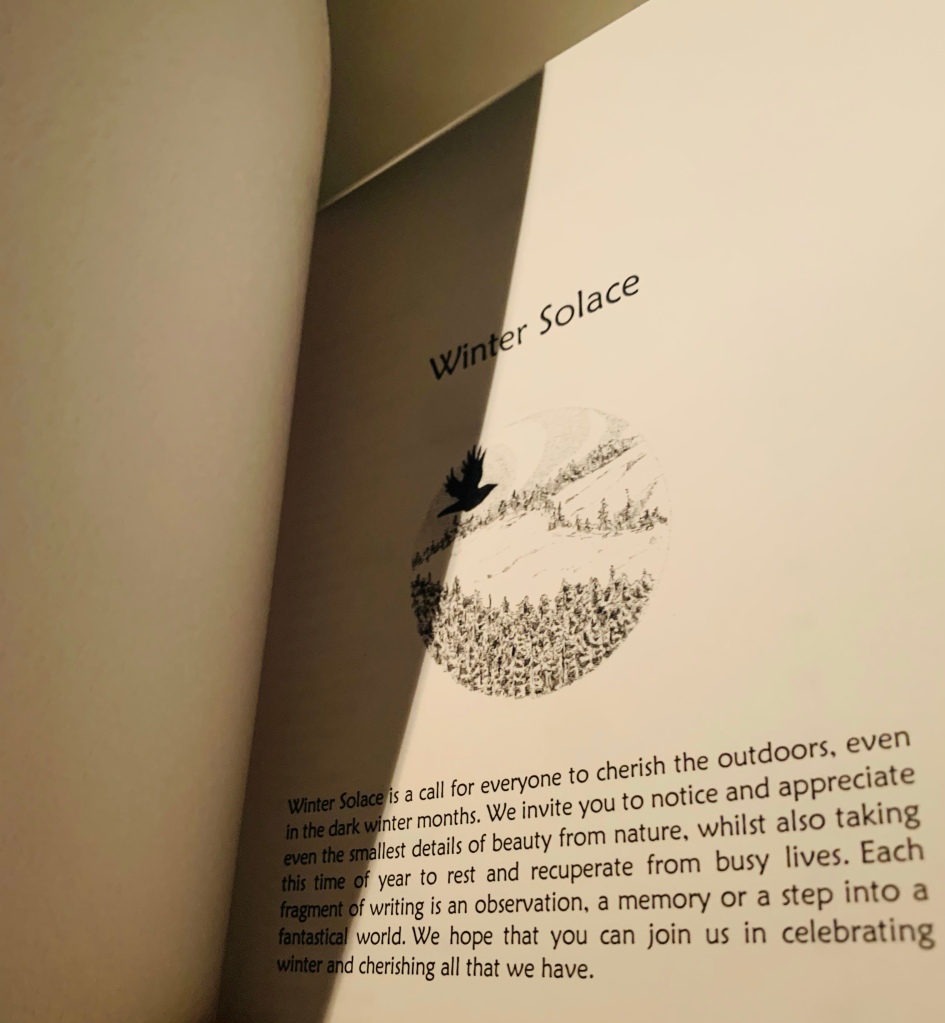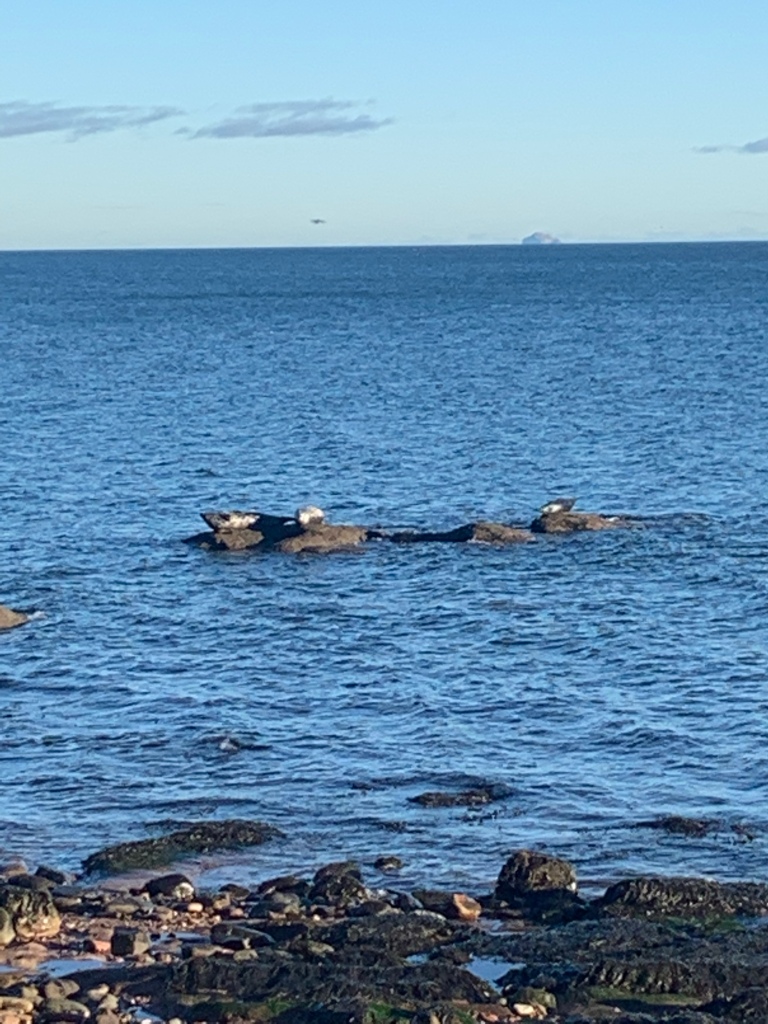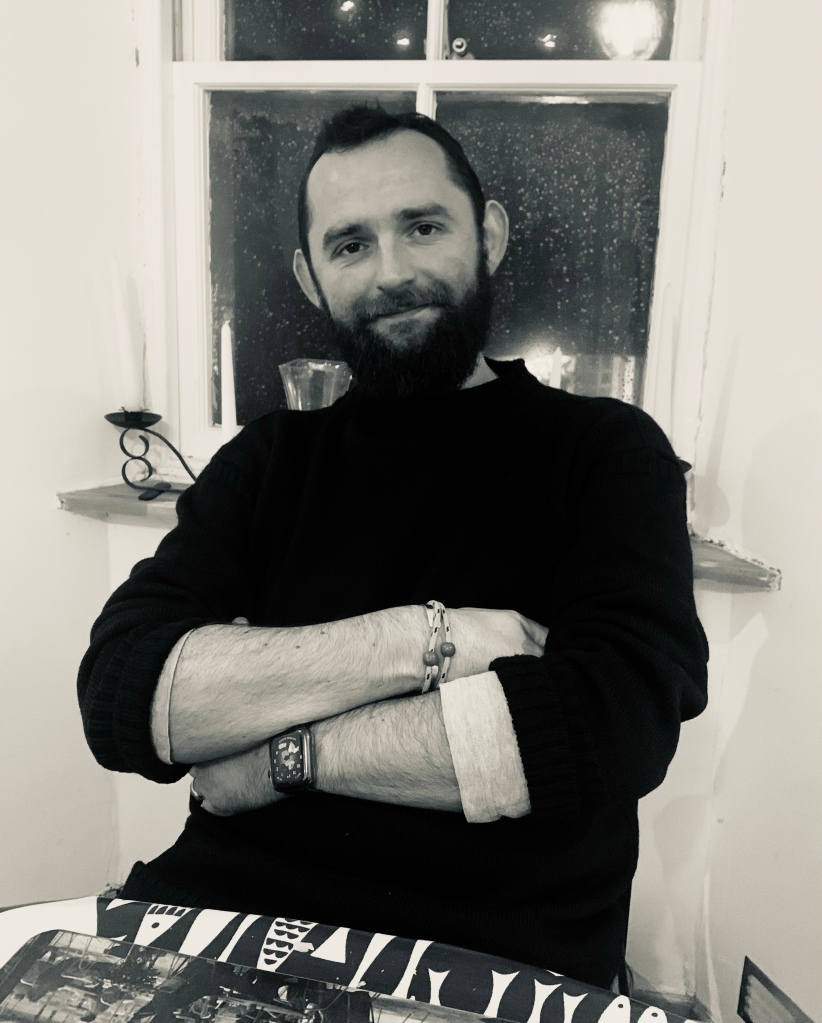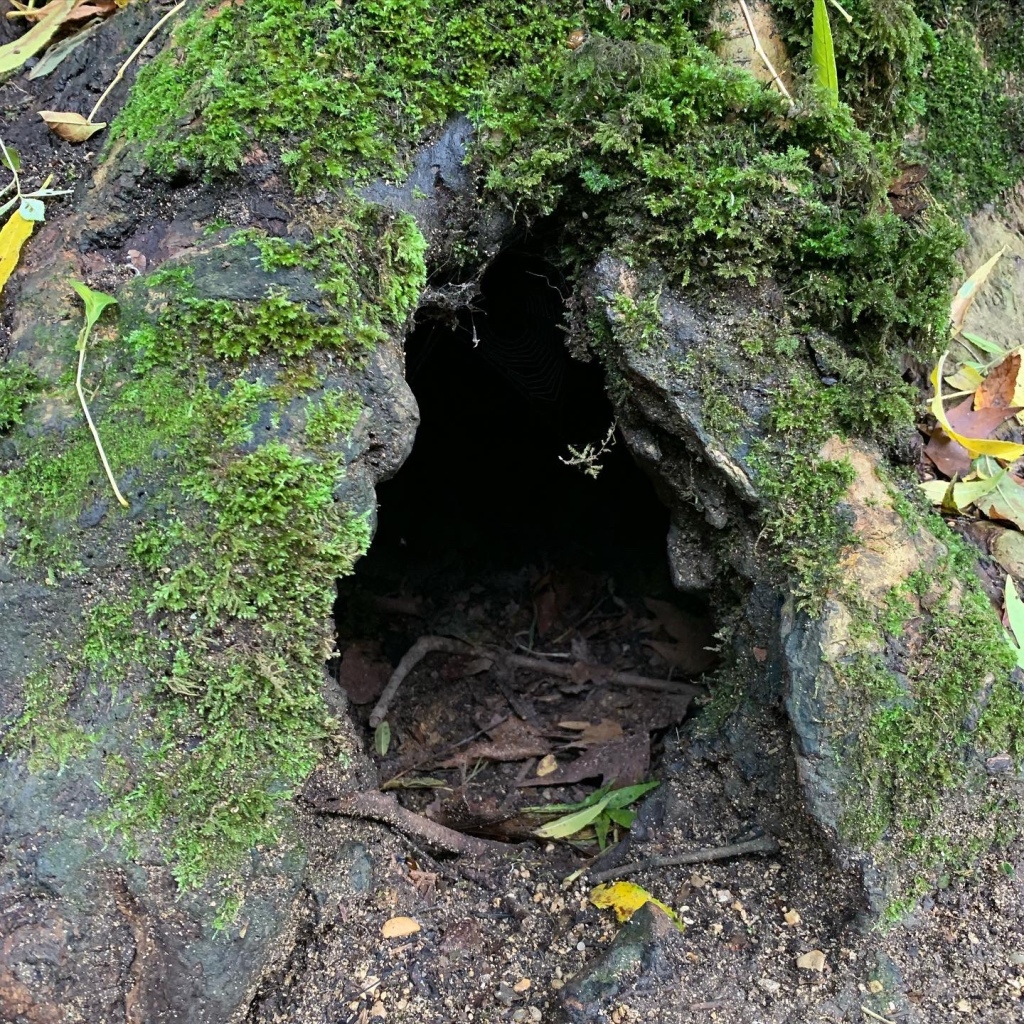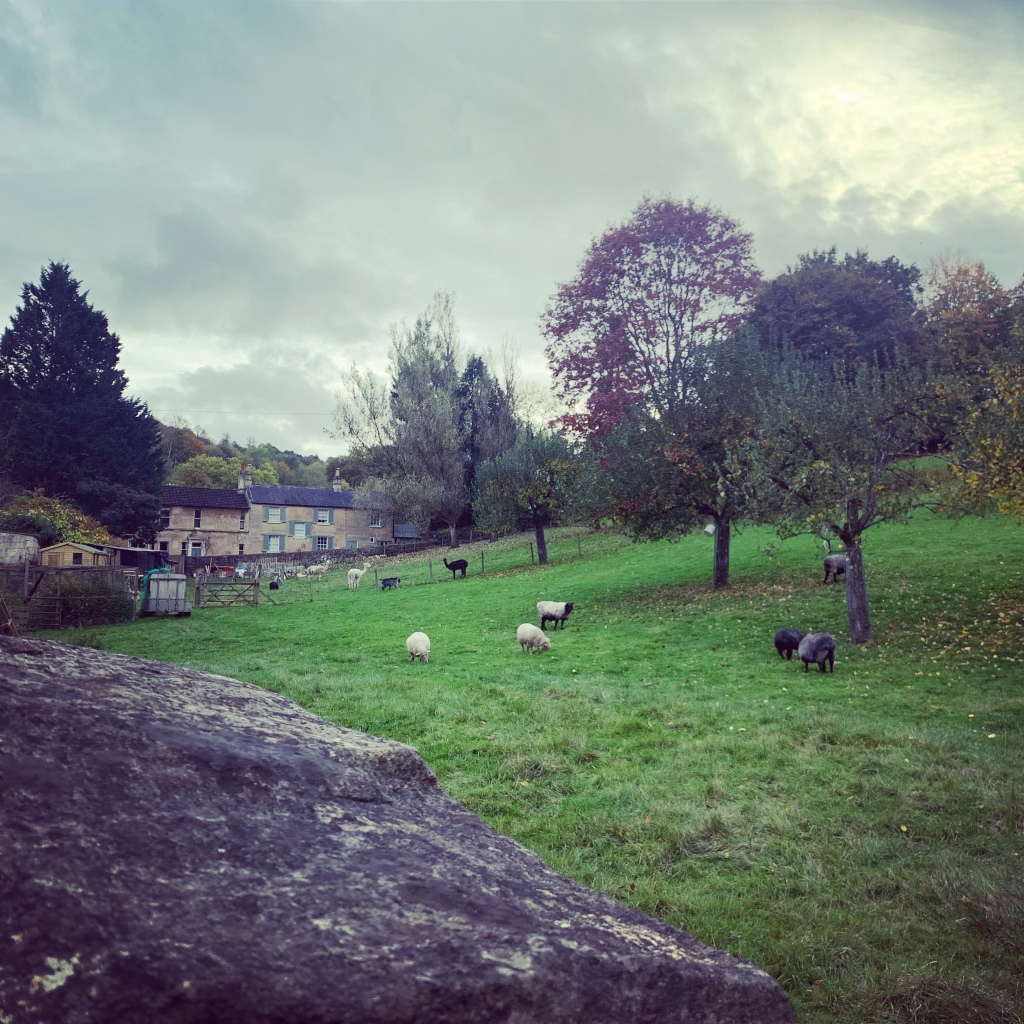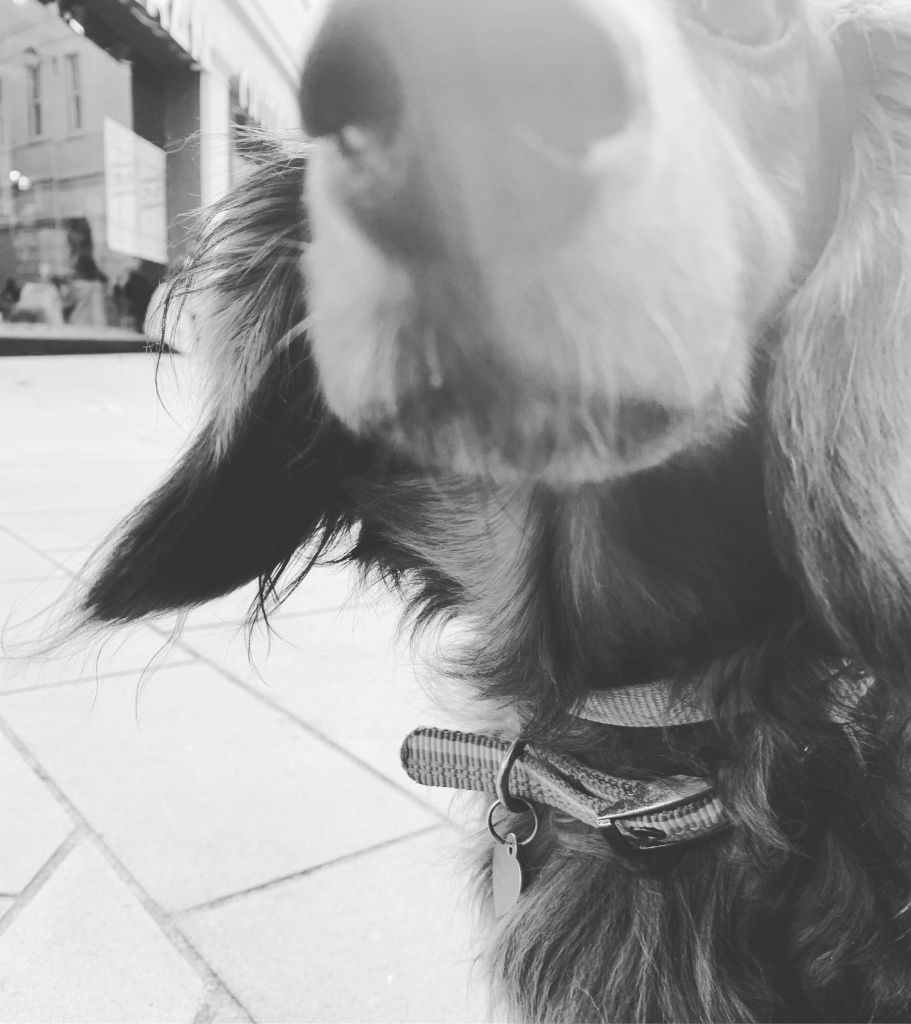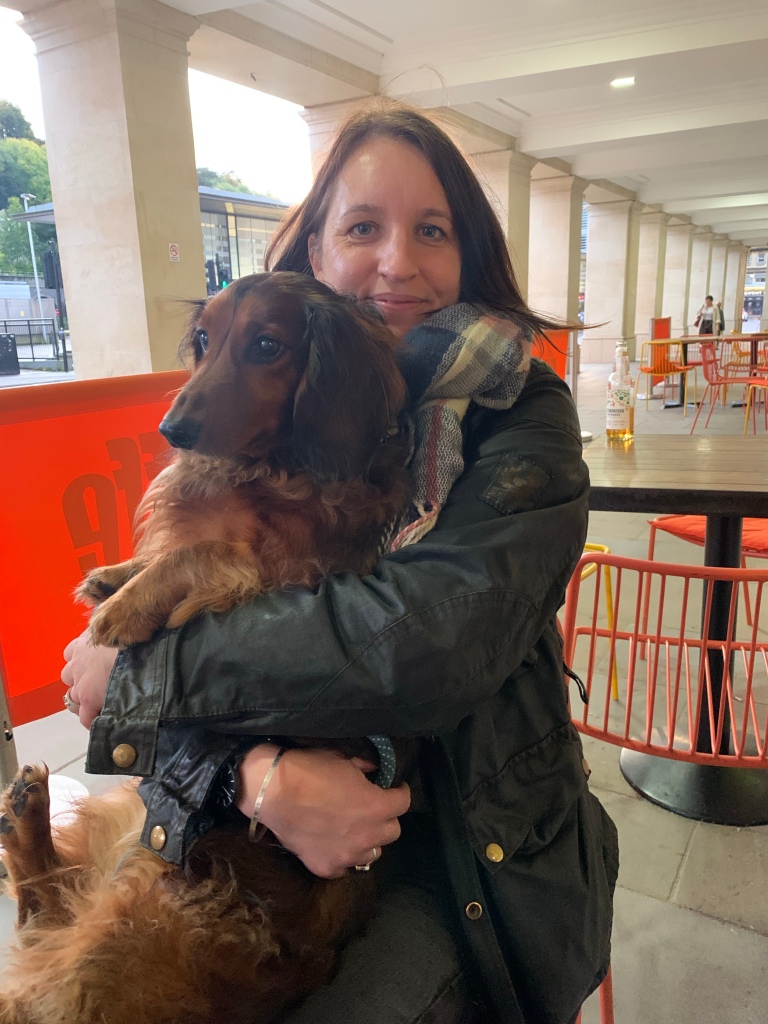Notes on the importance of collaboration and connection.
Last Friday on the 1st of December I was standing on a stage at the Creative Centre at York St John University in the heart of York and something magical happened. As I read aloud my observations of the natural world on stage, a musical score began playing, bringing my words to life. I was participating in an event called Perspectives of Nature, a collaboration between myself, Ewan East (Currently studying for a PhD in Music Composition) and Alice Baxter (Currently studying for a Practice based PhD Fine Art and Contemporary Poetry) .

Last February I and a group of nature writers (from the Naturewrights collective) produced some written observations of the natural world for composer Ewan East. Ewan was was looking for inspiration to compose a collection of music that drew on the natural world and took the listener on a journey of their own creation, travelling through the music to different areas of the country to experience observations of nature.

Ewan took our words and translated them into a musical score called Journey. He then asked artist Alice Baxter to take the music and words and translate them into Art. The end result was a beautiful and 3D collection of music, words and art that recreated the awe of interactions with the natural world and that we showcased at the event Perspectives of Nature, which was beautifully curated by Simon Ellwood. Journey showcased encounters that in our busy modern lives we so often fail to notice. The music touched my soul, a visceral moment of awe and spirit brought to life.


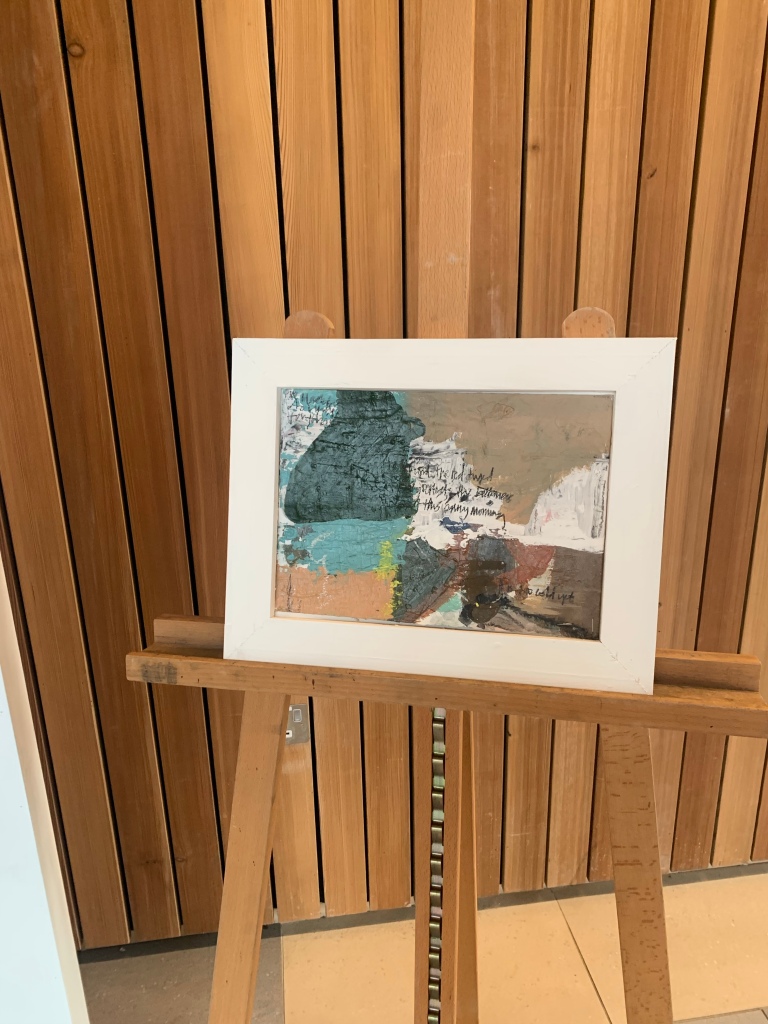



Alice’s art touched my heart, abstract patterns and colours, patterns etched onto board with paint and mixed media that transported me back into nature.
I started teaching Nature writing during 2015 after I left a very stressful role in the NHS. I offered my services on a voluntary basis to teach ecotherapy nature writing to support people struggling with mental health illness to make a deeper connection to the natural world as part of a recovery journey. When I started running the classes I had a love of both writing and nature but had no formal training in either. However, through the months and years of running the class I found that using writing as a tool to connect people to the landscape transformed both mine and my class participants connections with the natural world, and opened up how much nature can play a huge part in our lives – even living in a city.

Leading the ecotherapy class and using narrative to explore themes of nature, such as the beauty of nature in the dark winter months started to open up a world of exploration. Through storytelling and creation I became curious about so many natural wonders and my sense of awe and connection increased. That journey led me to complete an MA in creative writing and now a practice led PhD. My PhD is looking at the desperate need for humanity and compassion to be at the forefront of mental health care. I am writing a novel that takes the reader through a mental health experience, demonstrating that good mental health is about spirit and connection, so much of which is stripped out by clinical processes and environments. Somewhere we have lost who we are, and we have lost our roots. Continued engagement with nature writing and collaboration has been key to keeping my own mental health in balance whilst studying this theme.
Something beautiful happened at the end of the conference. A friend who has been struggling with depression sat with me in the audience to watch Michael Malay read from his amazing book Late Light. My friend said to me at the end of the performance that being part of the event had been like being part of a community for the day, and that he felt there was something that he could take away in terms of connecting to nature independently, but still feeling connected to others as part of that relationship.

Nature is providing me with the opportunity to re-engage with others in a way that celebrates awe and wonder of the world. I wonder if more people engaged in this way how differently we would spend our time and consume things in this world?
One of the most wonderful things that has happened time and again since I have been teaching nature writing is that I have been approached by students who say:
‘It’s not the same now Emma, I have to introduce my family and friends to walk like you, they just want to rush by everything.’
What they mean by that is that by spending time noticing, they have formed a connection and a curiosity that wasn’t there before.
I engage with nature as an act of non-violence and stillness, a spiritual experience which can be as simple as a nod to the trees that line the river on the cycle path to work, or the moment of noticing two blue tits hopping from branch to branch in the honeysuckle that is growing from a pot in my city back yard. I spend time writing and creating art out in nature, a meditation on my place in the world and my connection to the landscape. I recently read a fascinating blog post by Ellen Vrana in The Examined Life called Stillness As Art in Times of Chaos: Toni Morrison on Art as Human Necessity.
Vrana has drawn on the writing of Toni Morrison and others to investigate how we react to chaos and trauma. Varma discusses the way that Toni Morrison has described an answer to violence and chaos as stillness, the act of creating meaning and understanding. This was echoed during our conference by Anita Sethi who read form her book I Belong Here: A Journey Along the Backbone of Britain in which Anita describes how a racial attack on a train led her to walk The Pennine Way as a way of reconnecting with the landscape in which she belongs and as a stance against the violence that she experienced against her.
Collaborating as artists gave me the sense of bringing together and communicating something essential. A translation of the natural world into something beautiful and engaging that hopefully was an awakening or a heightening of that sense of awe and connection for others that attended the event.
Today I teach freelance nature writing for the Field Studies Council alongside leading a project called Converge which aims to support people to re-access education to reclaim identity and human spirit.

Continued connection with nature is essential to me as part of keeping me well and grounded, if you are interested in engaging with the work that we produced you can experience Journey here. Last Friday was the first time that I had met with the writers from the Naturewrights collective in person, we have been working together online after the group originally formed from one of my first cohorts of students with the FSC. The Perspectives of Nature conference has opened up my eyes to how much more can be done to re-connect people with the natural world through the arts and humanities, and to the raw and beautiful power of creativity in giving a voice to so many and to our experiences in the world.
Thank you to Ewan for making this event possible and creating such inspirational music to accompany our pieces of writing and to Alice for the beautiful art work and to Simon for helping us to curate the event and to make it happen.
With huge thanks also to:
William Davidson for chairing the Perspectives of Nature Panel.
Claire Hind for chairing the contributions.
Michael Malay for his brilliant end note speech and reading.
Anita Sethi for sharing her work.
Max Stephens - Performing Seasons
Contributors:
Dr Carolyn Drever
Berenice Tregenna
Amy Ertena
Stephen Jackson
Last but not least - my wonderful Naturewrights contributors:
Nicky Hutchison
Christine Surridge
Berenice Tregenna
Sarah Drysdale
Dr Carolyn Drever
Kate Ruth
Debra Williams
Steven Songhurst
and Gurnam Bubber for joining us to read Steven’s work.







